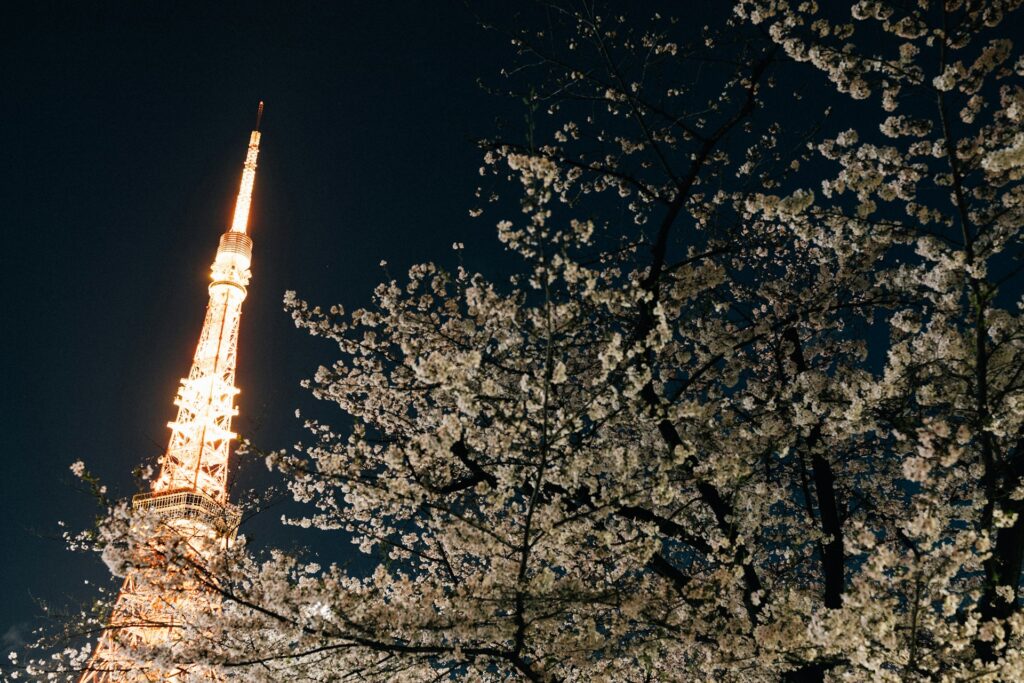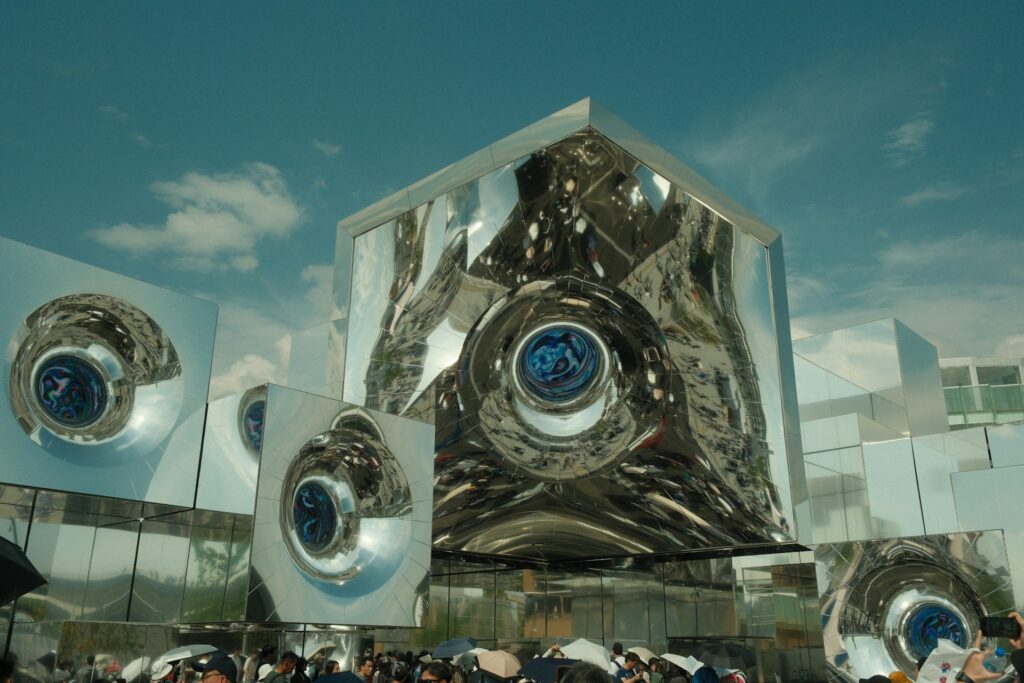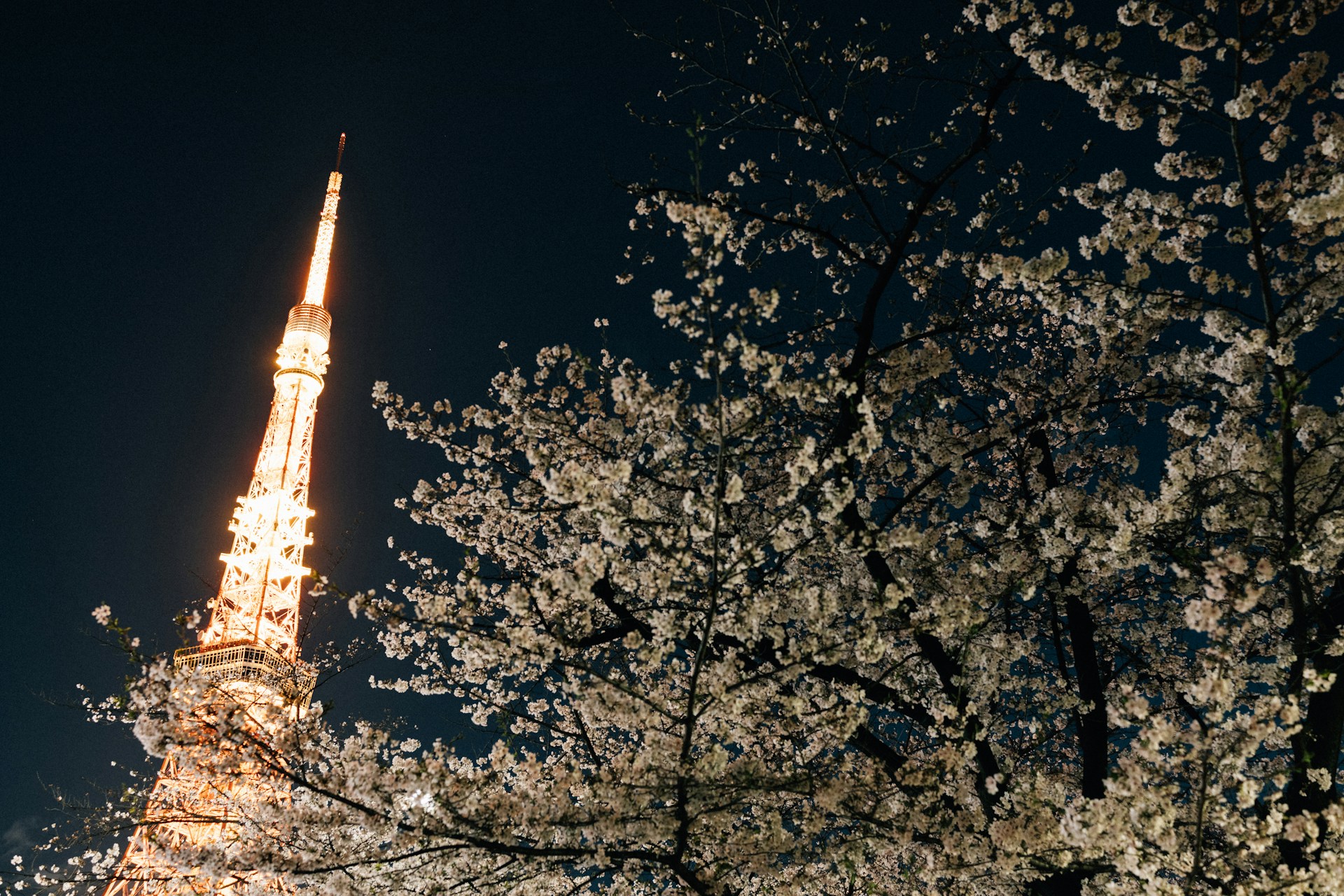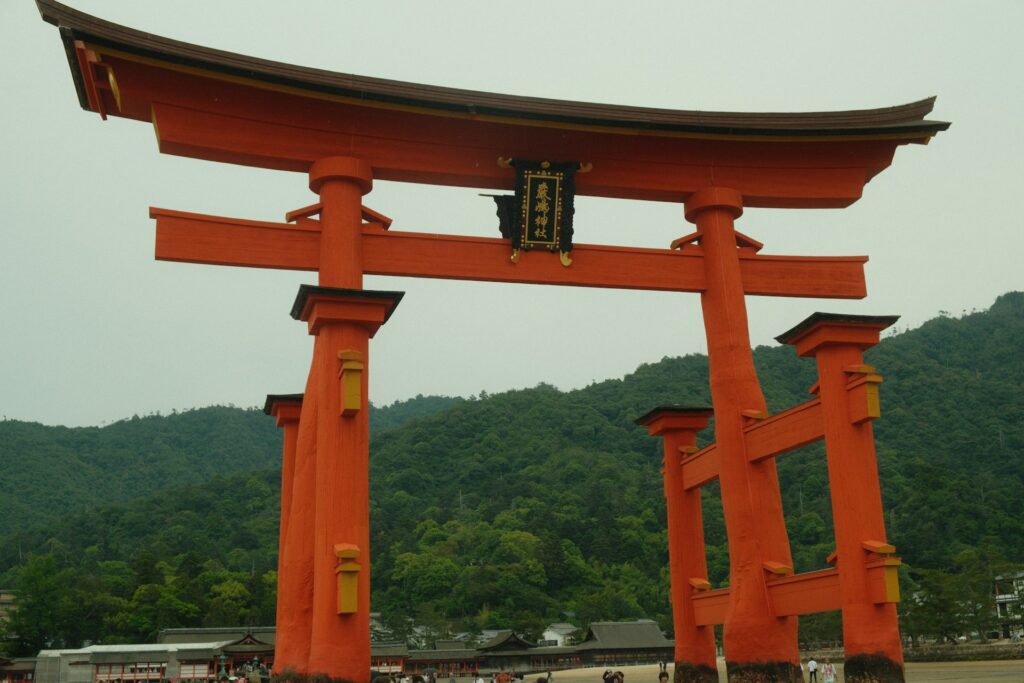
There’s nowhere quite like Japan. One minute you’re wandering through hushed temple gardens beneath a canopy of maple trees, and the next you’re watching a robot pour your coffee in a high-rise café. It’s a place where the old doesn’t just exist alongside the new—it elevates it. From tea ceremonies steeped in history to cityscapes that stretch far into the future, Japan is a country that doesn’t ask you to choose between past and present. It invites you to experience both.
Table of Contents
Starting Strong in Tokyo
For most travellers, the journey kicks off in Tokyo—a city that somehow balances skyscraper skylines, historic temples, and vending machines that serve hot meals. The pace is fast, the energy electric, but there’s always a corner where calm can be found.
In neighbourhoods like Yanaka or Asakusa, time seems to slow. Locals bow gently, incense curls into the air from shrines, and traditional sweet shops still sell handmade treats the way they did generations ago. At the same time, futuristic areas like Shibuya and Akihabara showcase Japan’s love for innovation, where manga, gaming, and neon collide in a joyful blur.
When it’s time to move on, the train Tokyo to Kyoto is more than just a journey. It’s a front-row seat to the changing landscape—from the steel and glass of Tokyo to the forested hills and historic charm that begin to appear the closer you get to Kyoto. Sleek, silent and on time to the second, the bullet train is a marvel in itself.
Kyoto: Grace in Every Detail
Arriving in Kyoto feels like exhaling. This is Japan in its most refined form—graceful, grounded, and deeply proud of its past. Lanterns glow softly outside wooden houses. Temple bells echo gently in the distance. And tea houses still welcome guests for rituals that are as much about mindfulness as they are about matcha.
Take part in a traditional tea ceremony and you’ll quickly realise it’s not just about drinking tea. It’s about the preparation, the silence, the exact angle of the whisk. Every detail is intentional, every movement a quiet celebration of presence and care.
Kyoto isn’t short on showstoppers, either. The Golden Pavilion, Kiyomizu-dera Temple, the bamboo grove in Arashiyama—each one stirs something different in you, whether it’s awe, peace or the simple joy of being somewhere that time forgot.
Osaka: A Delicious Contrast
Just a short ride away—less than 30 minutes, in fact—is Osaka, a city that wears its heart on its sleeve and invites everyone to the party. Booking Osaka to Kyoto train tickets is easy, and hopping between these cities is one of the best ways to see how contrasting personalities play out across Japan.
If Kyoto is elegant and reserved, Osaka is bold and boisterous. Food is the star here, from sizzling street-side takoyaki stalls to Michelin-starred ramen joints tucked down neon-lit alleys. Locals are famously friendly, full of humour, and proud of their city’s fun-loving spirit.
Don’t miss the Dotonbori district at night—it’s a kaleidoscope of colour, sound, and the tempting aroma of freshly grilled skewers. And if you want a slice of history to balance out the bustle, Osaka Castle is waiting with its moat, museum, and impressive towers.

Where Old Meets New Every Day
What makes Japan so captivating isn’t just the contrast between old and new—it’s how those two worlds live in harmony. You’ll pass ancient shrines in the shadow of office towers. High-tech toilets sit inside 100-year-old guesthouses. And age-old customs, like bowing or removing shoes indoors, are still second nature to everyone, regardless of the setting.
Even rural areas blend heritage with a touch of modernity. In the Japanese Alps, you’ll find traditional ryokans with tatami floors and hot spring baths—yet many now offer in-room tablets for ordering dinner or adjusting the lights. The respect for the past never gets in the way of progress.
Beyond the Big Names
While Tokyo, Kyoto and Osaka are essential stops, Japan’s magic extends far beyond them. In places like Nara, you can share a park bench with a bowing deer and admire temples older than most countries. Takayama’s morning markets are full of character and local flavours, while Kanazawa dazzles with its blend of samurai streets and contemporary art galleries.
Head north to Hokkaido for snow festivals and steaming onsen, or south to Okinawa where the pace slows, the food is tropical, and the culture offers something completely unique.
Each region feels like a new chapter in a book you can’t put down. And no matter where you go, you’ll be met with kindness, curiosity, and that distinct Japanese hospitality that makes you feel looked after without ever being intruded upon.
Modern Marvels with Soul
Japan’s future-facing side deserves just as much attention. Observation decks like the Tokyo Skytree or Osaka’s Umeda Sky Building give you views that go on forever. In museums and design galleries, innovation meets imagination. And in cafes, fashion stores, and transport systems, everything seems to work effortlessly, designed with both precision and heart.
Technology here isn’t cold—it’s comforting. It makes things smoother, simpler, and even a little magical, whether it’s your train arriving on the dot or your hotel room lighting up as you enter.
What Stays With You
Travelling through Japan isn’t about ticking off landmarks. It’s about the little moments that catch you off guard: an old man feeding birds in a quiet park, a chef offering you a taste of something he’s just grilled, the golden afternoon light hitting a temple roof just so.
It’s about how the country makes you feel—calmer, more present, somehow more connected to both the world and yourself. You don’t just visit Japan. In many ways, you let it transform you.
Final Thoughts
Japan doesn’t fit into a box. It’s a country of contrasts, yes—but more importantly, it’s a country of connection. Between generations. Between cities and mountains, rituals and robots. Between strangers who smile as they pass you in the street. The real journey is in the way Japan makes you notice things again—the warmth of a bowl of ramen, the quiet of a garden, the elegance of a bow.
In the end, Japan isn’t just a destination. It’s a feeling. And it’s one you’ll carry with you long after you’ve left its shores.

